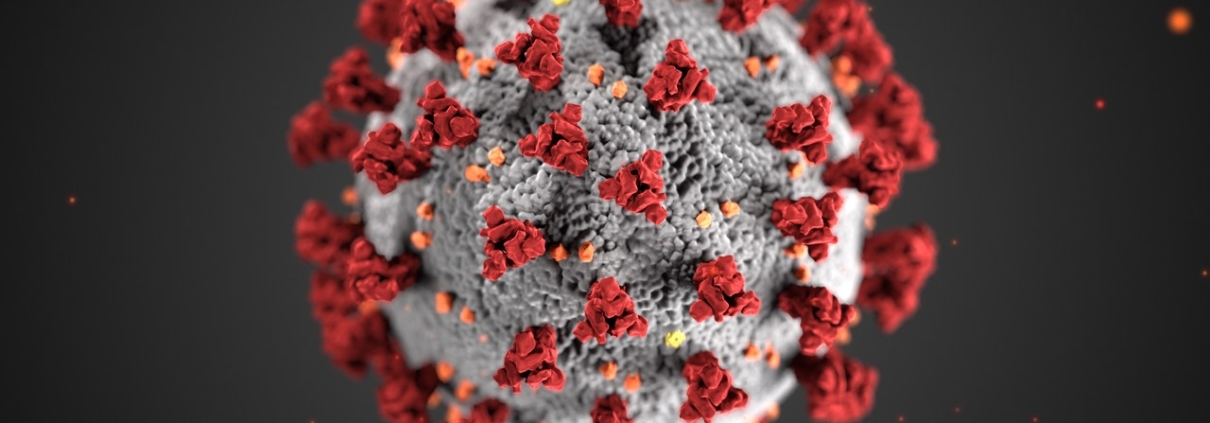In the fight against COVID-19 (and as made famous by U.S. President Trump’s comments about UV light) UVC wands may kill viruses and pathogens, but are they really a safe or effective tool in the fight against COVID-19?
What Are UVC Wands?
UVC light is a kind of ultraviolet electromagnetic light/radiation that has short wavelengths (between 200 and 280 nanometers/nm). This kind of light can alter the DNA of the Ribonucleic Acid (RNA) of organic cells. Essentially, this alteration by UVC can stop the organic cells from reproducing. The use of UVC light in cleaning has, therefore, been to kill germs in water, air, food, or on surfaces.
UVC wands, as the name suggests, are hand-held directional UVC lamps in a wand shape.
COVID-19 and Surfaces
COVID-19 is known to be able to live on surfaces, although the time varies with the type of surface and between the different studies and estimates. For example, as shown in the results in the New England Journal of Medicine, COVID-19 can live longest in plastic (up to 72 hours), whereas it can live on stainless steel for up to 48 hours, just 24 hours on cardboard, and only 4 hours on copper.
The fact that COVID-19 is a virus that can live on surfaces means that it could, therefore, be cleaned from that surface using cleaning products or, for example, a UVC wand.
Do They Work?
The short answer is yes if they are not underpowered or fake (there are fakes for sale online), they can be effective at disinfecting surfaces. It should be noted, however, that the distance and duration that a wand is held from an infected surface are both important factors in how effective a cleaning job can be. Generally speaking, smooth surfaces such as glass are easier to disinfect than wood, cloth, or other textured surfaces where virus particles could settle.
Wher They Are Being Sold
The pandemic has led to a surge in demand for UVC wands. This has generated greater sales for existing, trusted manufacturers, and has created opportunities for other manufacturers, but has also led to an online market for perhaps less effective and cheaper devices.
Health Risks To Humans
UVC rays occur naturally in the light from the sun but are normally filtered out when they react with ozone high in the earth’s atmosphere. Devices such as arc welding torches, mercury lamps, and UVC wands/sanitizing bulbs, however, pose a health risk to exposed human skin (and eyes). Unlike UVA and UVB light that can cause sunburn and skin damage if a person sits unprotected in the sun for hours, UVC is much more intense and can burn a person’s skin within seconds.
Although UVC helps to protect humans by killing viruses and pathogens that may have settled on a surface, it can cause serious damage to human skin e.g. as a cause of skin cancer. The degree of damage depends upon factors such as the UVC wavelength, the dose, and the duration of radiation exposure. Those using UVC wands without being aware of the risks (e.g. not covering skin) and using the wands for prolonged periods may not be aware of the damage caused until several days after exposure.
Cancer
Although UV rays do not penetrate deeply into the body, they do affect the outer layers such as the skin, and exposed, delicate areas such as the eyes (basal and squamous cells). Just as it is known that the use of use UV tanning beds/booths, especially when a person is under 30, can increase the risk of skin cancer e.g. melanoma and squamous and basal cell skin cancers, too much exposure to UVC light also brings a cancer risk.
The International Agency for Research on Cancer (IARC), part of the World Health Organization (WHO), for example, is very clear that “UV radiation (including UVA, UVB, and UVC) is carcinogenic to humans.”
The kinds of cancers that can be caused by UVC light, and possibly by incorrect use of UVC wands include basal cell and squamous cell cancers, melanoma (of the skin and the eye), and Merkel cell carcinoma which is a less common type of skin cancer.
Protection From UVC
Protection from exposure to UVC (e.g. when using a UVC wand as part of a job) involves:
- Using the device according to the manufacturer’s instructions.
- Wearing protective clothing and using UV shields and filters.
Looking Ahead
In terms of keeping surfaces in workplaces, hubs, and accommodation (e.g. hotels) clean, UV light has long been used as a tool to fight the spread of germs. The pandemic, and the lack of any vaccine or effective, widely available treatments to date have made people consider using tools such as UVC wands. This has created opportunities for businesses manufacturing and selling these devices but has also created opportunities for fraudsters to sell fake/ineffective versions of these devices online. It is important to remember that UVC wands from trusted sources can be an effective tool for cleaning surfaces and killing viruses that may have settled on those surfaces, such as COVID-19. It should also be remembered that unless safety procedures and manufacturer’s instructions are followed, and unless protective clothing and items are worn/used, UVC light devices can pose a serious health risk. Robotic applications look likely to become more widespread.
If you would like to discuss your technology requirements please:
- Email: hello@gmal.co.uk
- Visit our contact us page
- Or call 020 8778 7759
Back to Tech News



